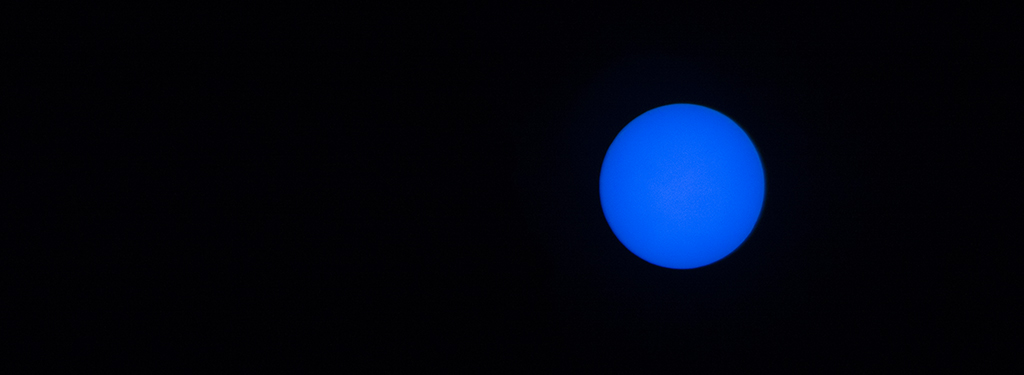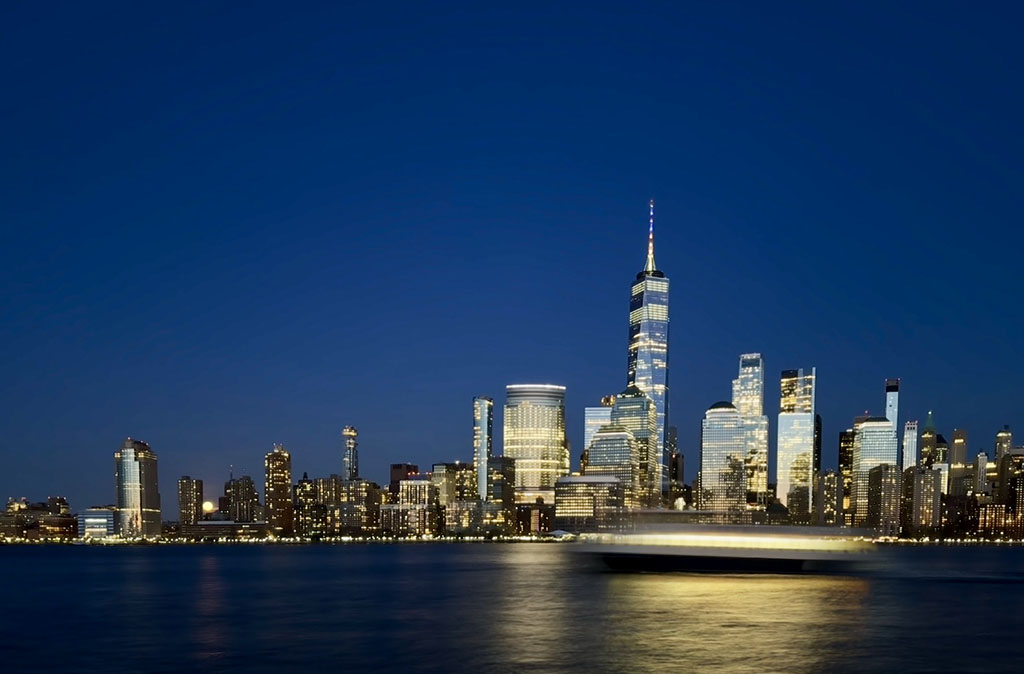Thoughts on photographing the sun, the moon, and everything in between
“I think of space not as the final frontier but as the next frontier. Not as something to be conquered but to be explored,” says a quote by Neil deGrasse Tyson. “Space exploration is a force of nature unto itself that no other force in society can rival.”
While I’ve never been a Star Trek fan, I’ve always been fascinated by the infinite space that lies beyond our blue planet.

So fascinated by these ideas, I’ve tried my hand at photographing the supermoon, the blue moon, as well as the blood moon. A few years ago, on a very cold and clear winter solstice night, I spent hours outside trying to capture the lunar eclipse.
With the upcoming solar eclipse just a few days away, I’ve decided to try to learn more about photographing…space. I’m lucky to have a friend who happens to have a telescope. Sometimes, on clear nights, he takes it out to stare at the stars and look for planets. And I get to join him in this kind of space exploration.
The other night was such a night. We found Jupiter and Saturn. We took a closer look at the bright moon. While it was an impossible mission to photograph the planets without an adapter, I struggled but succeeded in taking a few images of the moon and lunar surface.
I placed my lens as close to the telescope viewfinder as possible and adjusted the angle from where to photograph so that I could see at least part of the moon through my camera’s viewfinder. I needed to move (the camera, mostly) so that I could photograph just from the right angle. Here’s an example of the surface of the moon as seen through my friend’s telescope and my lens:

When it comes to photographing the sun, we need to protect our eyes, and also the camera. Hence, there’s no photographing the sun outside during the golden hours of the day without protective gear. That is solar filters.
While attempting to prepare for the upcoming solar eclipse, I’ve looked into several eclipse glasses, solar filters, adapters, and the like.
This past weekend I decided to put some of this gear to the test. The solar filter I used gives a blue hue to the sun, and that’s why I opted for converting some of the solar images to black-and-white.
A few things to keep in mind:
- install the solar filter following the instructions (I mean it, and I’m not one to read the instructions first thing…that’s another story)
- camera settings: again, follow the instructions that come with the filter–f/8, 1/800, native ISO (usually ISO 200 or sometimes ISO 100); AWB and shoot RAW; you can adjust the white balance in post or experiment with different WB settings
- obviously, the longer the lens, the more you can zoom in on the sun, and the larger the size of the sun in your image frame
- zoom out to be able to see the sun then zoom in on the sun
- focus on the sun, of course, it’s the subject,
- keep composition in mind and try not to center the subject
- try to photograph the sun also when it’s partially (barely) covered by clouds
- experiment and go out to photograph under different lighting conditions–on a cloudy day, partially cloudy day, clear sky, or a hazy day
- and don’t forget: always protect your eyes and your gear!
Here are a few examples:

And this photograph of the sun, captured through a (blue) solar filter.

As photographers, as artists, I believe that it’s important to go on an adventure, at least every now and then, and take that journey into the vast unknown that interests us, explore it, and see what we can discover. It will help us grow and become better at what we’re doing. After all, the sky is the limit.
As always, thank you for stopping by!





Leave a comment